A BUTLERS ME CUM FROM ! A LITTLE ABOUT BUTLERS VILLAGE, NEVIS

A LITTLE ABOUT BUTLERS VILLAGE, NEVIS
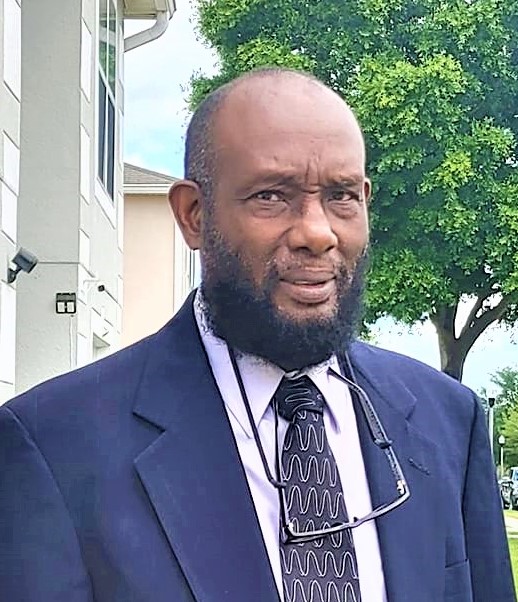
I wonder sometimes what Butlers must have looked like at the end of creation week. As time evolved and the first Africans came West before the Europeans, what did they see, sadly their stories were not left for us to know about their discoveries and experiences? The Europeans came sometime later and stated that somehow after the Caribs and Arawaks inhabited the chain of islands for a long time, all of a sudden the Caribs decided to kill off the Arawaks without a trace. That is a “Jacki-Lantan Story”. I will try to give a snap shot of Butlers Village in less than 3600 words.
Butlers is normally referred to as Butla by the locals who are always proud to say, “A Butla me kun fram”. It is located at 17° 10’04” N and 62° 33’06” W, and faces due East on the Windward side of the island of Oualie aka Nevis. Butlers is the largest village on the island, but it is the least densely populated. The village encompasses Eden Browne, Butlers, Powell and Russell’s Rest Estates, which sits right between Maddens Estate in the North and New River Estate in the South. The topography slopes down from Butlers Mountain all the way to the shores of the Atlantic Ocean. The landscape is skillfully designed with granite stonewalls to protect the community from erosion that can result from heavy rainfall. This design also allows for levelled landscaping to accommodate farming and housing. It has the look of giant contoured steps from the base of Butlers Mountain to the lower lands closer to the sea. While in Butlers you would notice that it is the only community where you cannot see Nevis Peak, it has its own mountain range. The locals call the left side Brown Mountain, the middle Butla Mountain and the right side is called Madden Mountain. In recent times our neighbours throughout the island have discovered the waterfalls that people from the community had been hiking to for generations. The Butlers Aquafer is nestled in its mountain range and it is the largest supplier of water on the island. Butlers has two well established hiking tracks, one that goes up to the top of Butlers Mountain from the quarry and the other one goes past the waterfalls and ends at Rawlins mountain by their water source.
Here is a brief history of Maddens and New River Estates which are on the Northern and Southern sides of Butlers Village and Powell’s, Eden Browne, Russell’s Rest and Butlers Estates that make up Butlers Village. Eden Brown Estate is now government-owned and was established around 1740. In 1822 a Miss Julia Huggins was to marry a fellow named Maynard. However, come wedding day, the groom and his best man killed each other in a duel. The bride-to-be became a recluse, and the mansion known to locals as Brown House was closed down. In more recent times it was used for social gatherings until the roof was removed by Hurricane Hugo. There is still a tomb stone currently at Eden Browne Estate, but the inscription is illegible. It is believed that the large ruins in the foothills above Eden Browne is where the first hospital on the island was located.
New River Estate was established in the early 1720s and operated as a large-scale sugar plantation throughout much of the 18th century. By the 1750s, nearly 130 enslaved Africans worked and lived at New River. Today New River operates as a cooperative and houses a number of private farms and tourist attractions.
Russell’s Rest Estate was settled by James Russell Stapleton in 1701, his mother was Lady Stapleton (nee Frances Russell), whom he predeceased. The will of Martin Madan of Nevis (d. 1703) shows that he had settled the estate called Russell’s on his son Martin Madan, then a minor. Martin Madan died in 1756 [will proved 1757] bequeathing his estate to his son, the Rev. Martin Madan. To this date it is not yet clear how the Russell’s estate in these two wills relates to Madden’s/Russell’s Rest. In the compensation records half it was renamed Madans which was passed to Penelope Madan nee Russell. One historian indicated that as an infant Alexander Hamilton the first US Treasury and who helped promote the US Constitutional convention spent a lot of time in the area with a friend of his family in the late 1750’s. Russell’s Rest currently houses a prison farm and Maddens is owned by the government and operates as an animal stock farm.
Regarding Powell’s Estate, a petition from William Swanston, in the 1831 slave register, notes that no return was submitted in 1828. Swanston explained that at that time the “estate was tenanted by Samuel Sturge whose duty it was to have made the said Triennial Return (the lessors of the said Estate being resident in England and having no other representative within this Island)”. Sturge failed to do so because he was “then in a very declining state of health, which not long afterwards terminated in his decease”. An affidavit is annexed to the petition from George Bucke confirming what Swanston says, but gives slightly different information on one count saying that “Powells Estate was occupied by Samuel Sturge under a lease granted to him by Messrs Bosanquet Pitt and Co. of the City of London. Powell’s is currently privately owned.
The New Butlers House at Butlers Estate was rebuilt by Butlers and Nevis’ foremost building contractor. The property is privately owned. Colonel Thomas Butler was the Estate’s first recorded owner of the property which once comprised 500 acres and included a thriving sugar mill. Based on the key stone over the carriage house door, the house or just that part was built in 1867. It is highly likely that parts of the house date back to the 1700’s. Butler’s House has had several occupants over the years, including the Maynards, the Wildys, the Taylors and the Evelyns. During Mr. Wildy’s occupancy, the Butler’s House second floor was then used as a dancehall.
A few hundred yards from that former dancehall was where the Pilgrim Holiness Church now Wesleyan Holiness was located. That building was converted from a dance hall to a place of worship. There are currently three churches in Butlers dating back to 1928. Butlers can boast its own Polly mango known as Butlers Polly and its own berry known as Cheeries. As far back as the 1960 the best Goat Water on the island was made by shopkeeper, Domino College Dean and former prison officer Joseph Sargeant and the tradition lives on at Emsie’s Cuisine. If you have eaten in Butlers and have not had a Butla Steamer-Wheel your cuisine was incomplete. The Daniel-Sargeant-Jeffers Commercial Square Area is in the heart of Butlers. It is where the community used to hang out on Saturday nights before television became an alternative. At one point Butlers had the original Humming Bird String Band, Shishkey Big Drum and BWIA Steel Band. The citizens of Butlers are well versed in local politics and 6 of the more recent St James’ area representatives were from Butlers. There was a time when the 9 miles journey to Charlestown was a long distance and so the Butlers people had to become self-sufficient both in agriculture and gadgets. The people are very resilient and the men made their own fish guns, and kitchen utensils, which are just a few of the items they had mastered. The ladies were excellent seamstresses and second to none at culinary arts. There is a saying that no comes to Butlers and leave hungry or empty handed. Some of the finest baskets, mats and brooms made from locally grown material on the island came out of Butlers, before there was such a thing as Craft House. On the Southern Side of Butlers is the Federation’s only drag race strip that hosts competitors from all around the region. Did you know that Butlers is also the birthplace of organized horse racing on the island?
If I can speak for my Butla brothers and sisters we will tell you exactly what we think of the luminous guinea grasses that line the entrances to the village glistening with the morning dew, and the merry sun as it sparkles far and wide. We would speak of the laughter of children, the chirp of crickets as they break the silence of the peaceful night, all these fair sounds and sights are of our beloved Butlers. The shining Atlantic waters on a moonlit night with pale currents strewn, the quiet fishing-holes on the Eastern cove, the cascading waterfalls in the mountain, exotic flowers in gardens with their beauty sustained by tropical showers and caring hands. Our island paradise, spectacular sights, warm, sunny days, cool, moon-lit nights, ocean breeze sway the coconut palms and the waves slap the shore as the tides go back and forth. Dawn awakens, peace again reigns and the new day starts and the Butlers lifestyle still remains. Butlers is where I long to be. In dreams it calls to me, from far across the sea. A place that is so fair and soon I will be there. The sunlit turquoise seas ripple in the breeze, and soft clean golden sands at Brone Bay embrace the verdant land, where we lay beneath the beneath tall coconut trees. As we stroll along the shore, and find places to explore, or gaze at the distant sea that engulfs a world of fantasy and where wandering seagulls fly in an azure coloured sky. Of all the places I have been there is nothing I have seen to match the splendour there in Butlers. Our mouths water just thinking of the sweetness of the soft warm tart or bread from Sybil, Tapa or Elva, that was baked in a granite stone-oven, oh the good old days! Ethel, Maude and Ellen with threats of the fresh bottle of ginger beer, a bag of organic peanuts or a Butla sugar cake. Fruits ripening to their peak under the warm sun waiting to be longed for and appreciated. We can sit on the stone-wall and chat or just take a stroll out back and pick the fruit of your choice. The sounds of fast paced rhythmic string band music playing at the village night spot and all of the instrument were made in Butlers. I am on top of the world and at peace, free from anger, division and violence, I am in Butlers where the people are one family. This is paradise, we welcome your visit.
Some of the areas in Butlers Village are Mannings, Bantantung, Tickle-Pen, Debble Ghut, The Range, Quailey Alley, Madden Mountain, Chi-Ghut, Mambo, Child Piece, Bushy Park, Carpenter, Hull Ground, Fountain, (Arta, Powell, Brone and Sam Wells) Dung-a-Bay, Cove, Oba-a-crusher, Madden Path, Big Tank, Round Tub, Parsha, Rone-De-Hill, New-Cut, Faria, Coconut Garden, Pan Bottom, Source, Hammer and Chisel, Ouman Hole, Waterfall, Arwegrung, Monkey Hill. At one point Monkey Hill was the most densely populated area of Butlers. The last family moved in 1967. Both Monkey Hill and Maddens Mountain were once the bread-basket areas of the Butlers community. When heading to Butlers and you go pass Matty Bottom in the South or Fourteen Acres and The Dip in the North then is when you know that you are approaching Butlers Village.
At one point before Hurricane Hugo, Butlers had the largest amount of ciliment trees, coconut trees and sea grapes on the island. Kakanga Root is a known Butlers product and is known for having healing/medicinal values and also very flavorful for making root-tea. Your khonki is not perfect if it was not boiled in the real khonki bush from Madden Mountain. Arrow Root was widely grown in the area, but over the years it has become less visible. Back yard gardening is still thriving, although not as much as it once did. The streets have significant names like Cistern Path where the first community cistern was built, Well Path is the gateway to one of the four community wells that are along its shoreline. There are two distinct sections of the village and are known as Low Way and Upper Way. The one mile of island main road that stretches across the community offer a smooth leisurely drive as you inhale the gentle sea breeze that permeates the air. That section is sometimes referred to as Lower Way. On a quiet night anywhere in Butlers you can hear the pounding waves along the seashore as nature tucks the villagers in for a peaceful nights rest. It is only broken by the golden sun as it peaks up over the Atlantic reminding us that our Eastern location allows us to see the first rays of the new day on the island. When the weather conditions are right we can see as far as the islands of St Barts, Guadeloupe, Antigua and Montserrat. When you are in Butlers the horizon seems higher, that is because at higher altitudes the horizon is at a larger angle that causes the effect of perspective because you can see farther. That is what paradise feels like.
If Butlers was a hammock it would have been supported by its neighbours Zion in the South and Brick Kiln in the North. In Brick Kiln surnames such as Daniel, Blake and Maynard have close familial roots in Butlers and so does Rawlins, Browne and Maynard out of Zion. Before Zion School was closed many elementary age students from Butlers attended school there although the majority went to Whitehall now known as the St James’ Primary School. In the mid-1900s many of the men from the community started to migrate to seek better job opportunities. Many went to Cayon St Kitts, the Dominican Republic, and Cuba. In later years it switched to the Virgin Islands, England and the US. Some remained at home and there are at least four families from Butlers that operated trucks as far back as the 1940s, so entrepreneurship has been present as a driving force in Butlers for decades. Butlers like Nevis has not experienced a significant increase population over the years.
One of the Federation’s Rhodes Scholars was raised in Butlers. At last count there were fifteen persons from there who have doctoral degrees. The island best known and most successful building contractor hails from Butlers and two of the islands most recent Culturama Queens also call Butlers home. The greatest craftsmen of locally made string and wind musical instruments came from Butlers and so were the top four fife players on the island. Let us not forget the great folklorist of “Christmas-Sports” was Master Gray Beard a native of Butlers, Giant-Despair was his specialty. Simply put Butlers people are “Princeps Patrator” High Achievers. Over the past few years Butlers has had five centenarians, all of whom were pillars in the community and helped shaped the moral compasses of its people.
The Christina disaster of 1970 was very devastating to the islands of St Kitts and Nevis, Butlers lost one of its nurses at that time in the disaster. One of the region’s best known scholar and historian who hails from Butlers has written a number of book about the tragedy. Butlers is busy doing its part to improve our island, and we hope by extension the region and the planet. The Butlers Estate Residences is a development slated for an area once used for animal farming and is located adjacent to the only wind farm in the region. It will have green spaces and contemporary green lines within the community, keeping the traditional open space look of the Butlers community.
This development will be at the Butlers Cove area where the North East Trade Winds enters the community. The coastline in that area is the islands largest source for whelks, periwinkle, sea-eggs and congo-eels. It is also a famous spot for night time fishing by the locals using the traditional flambeau to provide light. Up to the late 1970s the Butlers fishermen did what they called “Banking” that is going beyond the breaking tides which is very distinct off the coast of the village to do deep-sea fishing. A few times per year they would venture as far as St Barts to exchange goods. All this was done using oars boats. The merchandise is a closely guarded community secret. These days the Butlers fishermen use high powered speed boats and venture as far as Redondo Rock for commercial and sports fishing. One could recall the days when every home had a stock of sea-feathers, they were used for sieving and were dispersed from the coral reefs off the cost of Butlers. The Butlers community had the largest acreage of cotton and sugarcane before they were no longer viable as a cash crop on the island. The Evelyn’s animal farm and coconut garden at Butlers Estate was the largest of its kind on the island when it was in full operation. Today entrepreneurship is the largest income source for the people of Butlers.
On a lovely afternoon in Butlers it is normal to see the elegant Gaulin in flight right along the foothills of Butlers Mountain. The area is the main nesting place for the bird on the island. Prior to the 1990s Butlers was the only community on the island where there were no Ground Lizards and primates rarely ventured below the Upper Way. The skin of vervet monkey is used on the Butlers Banjo to give it that authentic sound. If you are in Butlers and someone says that “san een” that means that is low tide and the island smallest beach at Brone Bay has been transformed from a rocky Atlantic Coastline to a beautiful sandy beach. Over the years Butlers has produced some excellent sports men and women, there was a time when they were passed over for representation on the island team simply because of where they were from. In more recent times the best wicketkeeper who ever represented the island came from Butlers. Incidentally he is the best banjo player on the island also. To this day I don’t recalled the cricket game of “All-a-so” being played anywhere else on the island, this is another testament to the uniqueness of the community. The Federation number one javelin thrower call Butlers home as well.
Butlers’ talent has been witnessed all around the island and Federation. The best known seamstress in Charlestown was born in Butlers and so was the leading community nurse in St Thomas’ for a couple decades. The largest real estate owner and first Nevisian born pharmacist in Charlestown was also born in Butlers. If you had the pleasure of eating the famous Euclid’s Fry Chicken in St Kitts or driven in Bussue Taxi you were being graced by Butlers born and bred hospitality. The current Federation’s COP grandparents were Butlers natives. His maternal grandmother made the finest organic jams and jellies in the village and his grandfather was the one to supervise the community beatification projects on a regular basis, but especially at Christmastime. On Sunday afternoons the children from the community were treated to homemade ice cream by Mother Mel. Interestingly, she would get the ice on Saturdays and preserve it in a trunk filled with sawdust. That was Butlers ingenuity at its best.
Butlers is known for nicknames and all of them have a story behind them and this is a sample of a few: Barrsc, Mrs, Asay, Siga, Jigga, Tapa, Bumba, Santa, Manta, Slimba, Landa, Puppa, Swampa, Hooker, Ram, Bam, Pampalam, Langman, Badman, Mate, Pate, Tus, Nus, May, Cleezay, Boboshun, Willieshun, Bull, Tull, Toezy, Siggy, Bully, Gelly, Kuchie, Tumpy, Twokey, Pad, Padiryen, Joemonetin, King, Ving, Phussypeg, Megmeg, Giolly, Skully, Tazzy, Kiap, Puapap, Cash, Butt, Irontroat, Pungbud, Soar-cack, Faces, Dedrum, Twistupff, Junkie, Sunk, Wanbulb, Liemarub, 82, D, S, L, T, B, K, LV, OC, JJ, Ning-Ning, Stoodup, Leen, Buckdemup, Inner, Joehouse, Ant, Sat, Period.
Culture is very strong in Butlers. Anytime you hear words such as Arwe, Aryie and Ayieday, you know that it is straight out of Butlers. If you are in Butlers and someone says, “san een” that means that is low tide and the island smallest beach at Brone Bay has been transformed from a rocky Atlantic Coastline to a beautiful sandy beach. In Butlers the root words “line, range or path” with the prefixes “ota, dungdi, updi, crassdi” simply means that based on your location you will understand the context and know the exact direction or area the speaker is referring to. Currently there are two active community groups working in tandem to improve the Butlers community and preserve the uniqueness of the community. In the 1970s Butlers Youth and Cultural Association (BYCAS) was formed and was a thriving youth group in Butlers, maybe one day soon we will see the revival of the club for Butlers to display the rich talent in the community. The Butlers Community Center is the only one on the island that was built by the people for the people. There is a whole lot more to learn about Butlers and I hope this generation will do its part to document it for generations to come, to educate them about Butlers then and now. God bless Butlers. “A Butla me kum fram”.
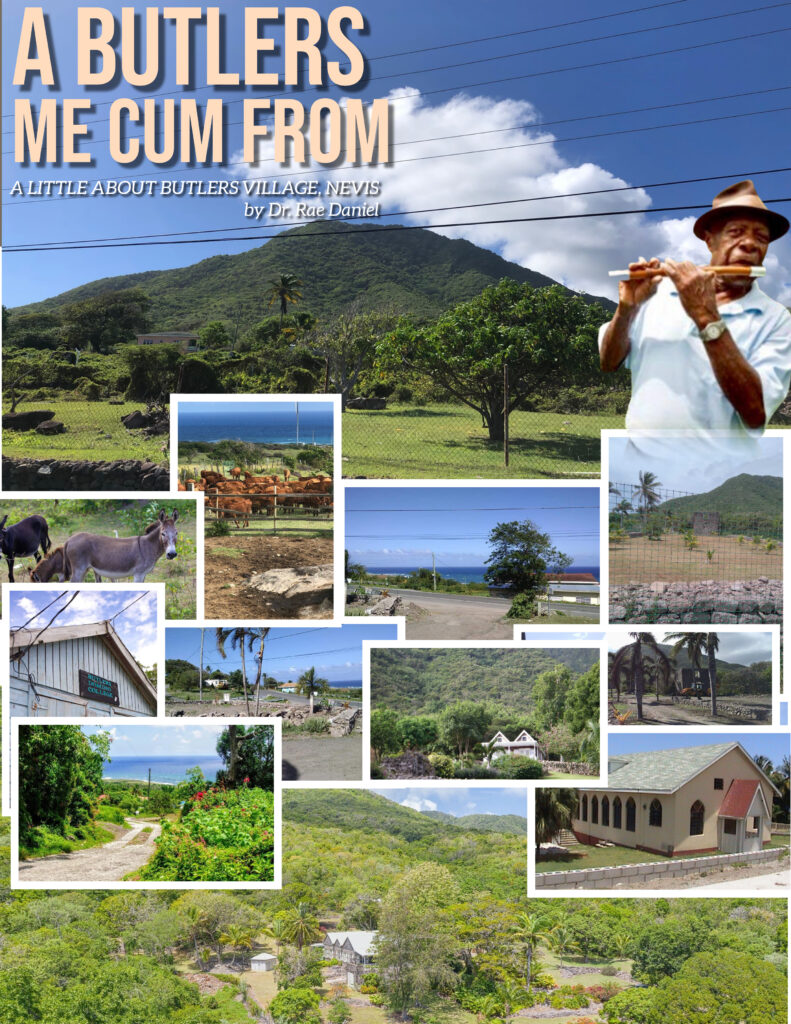
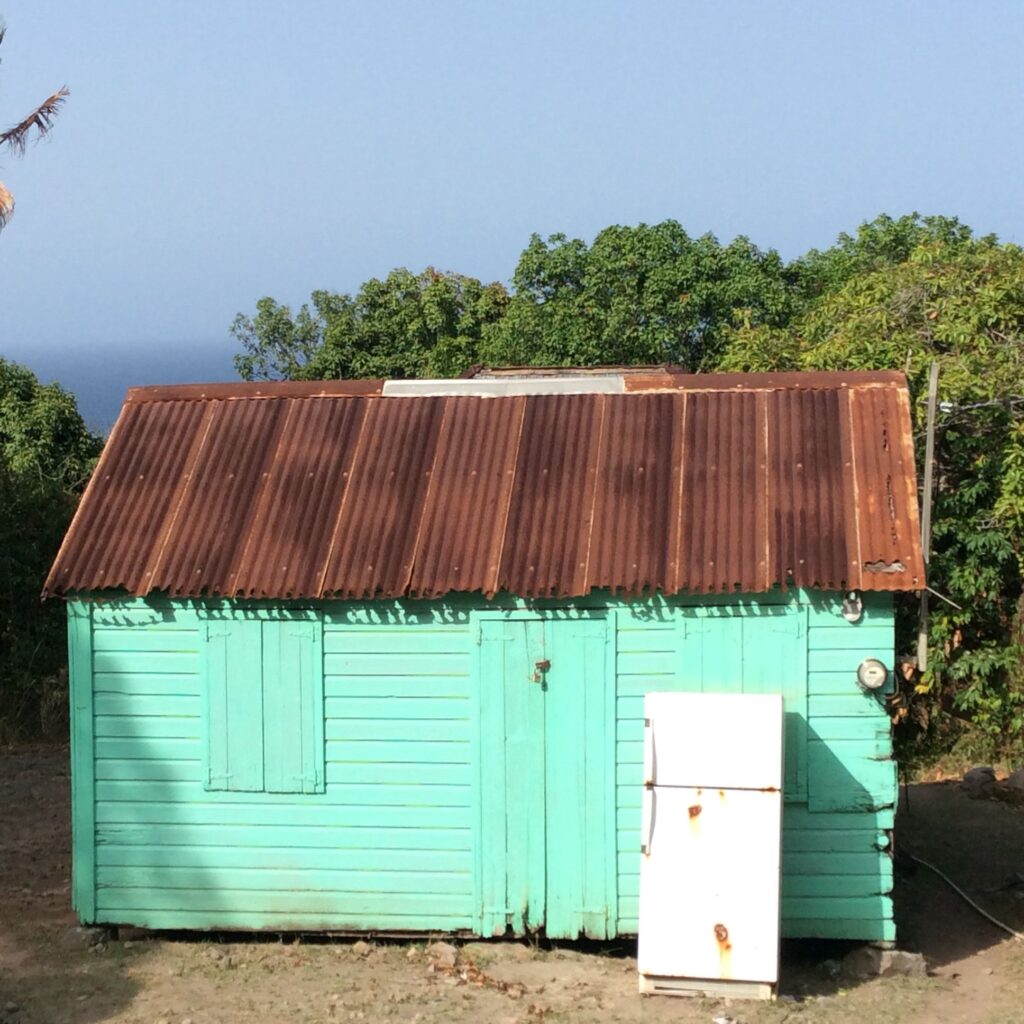
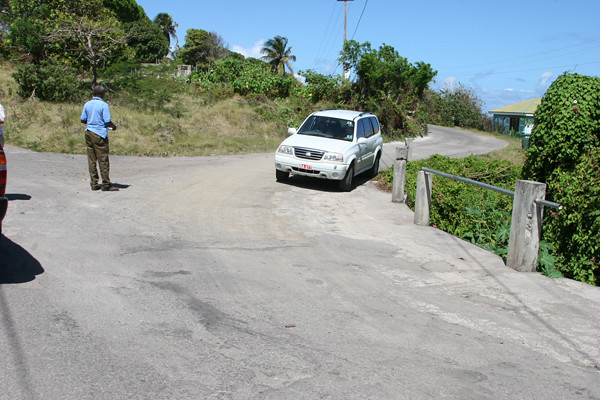
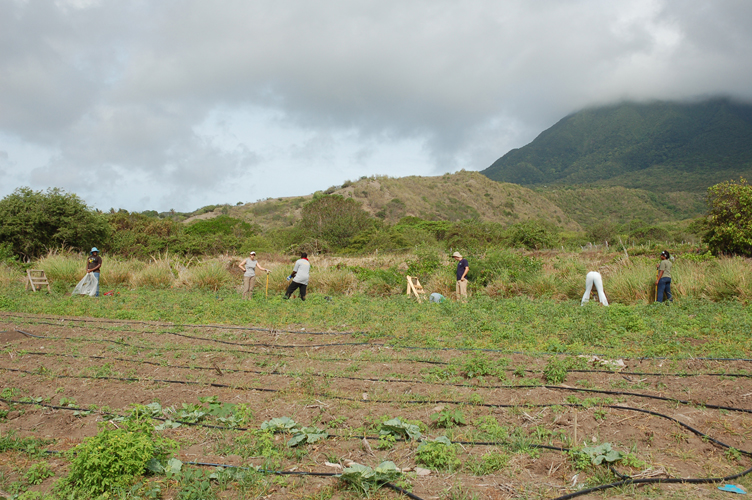
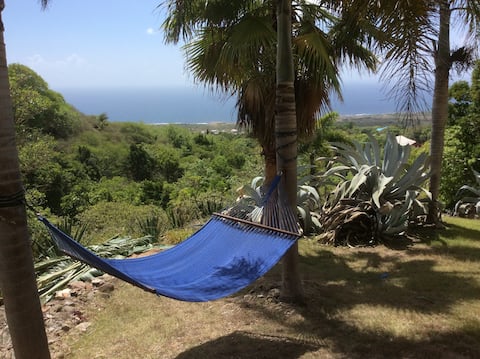
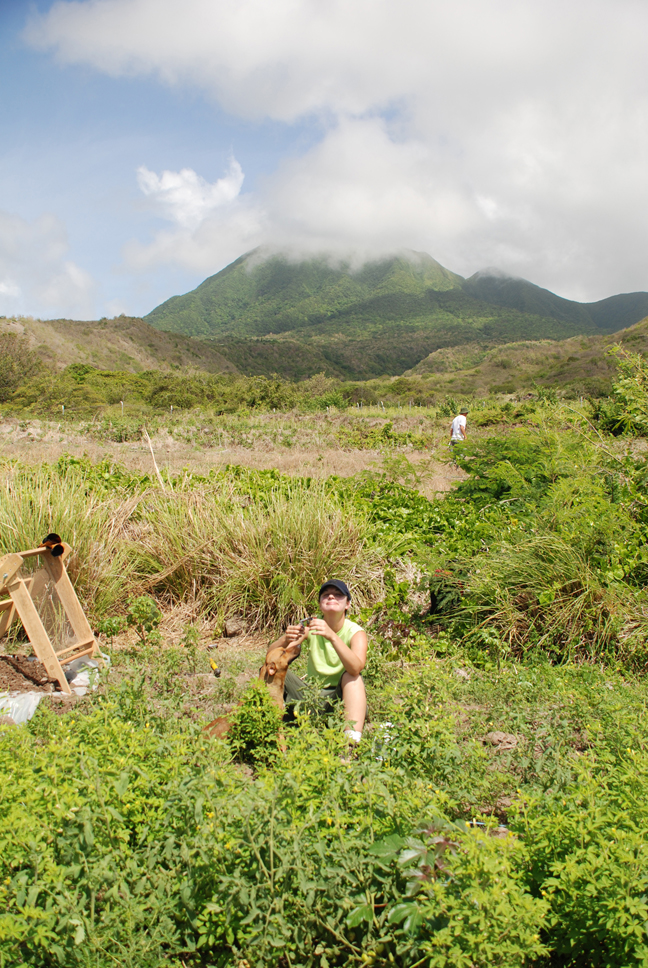
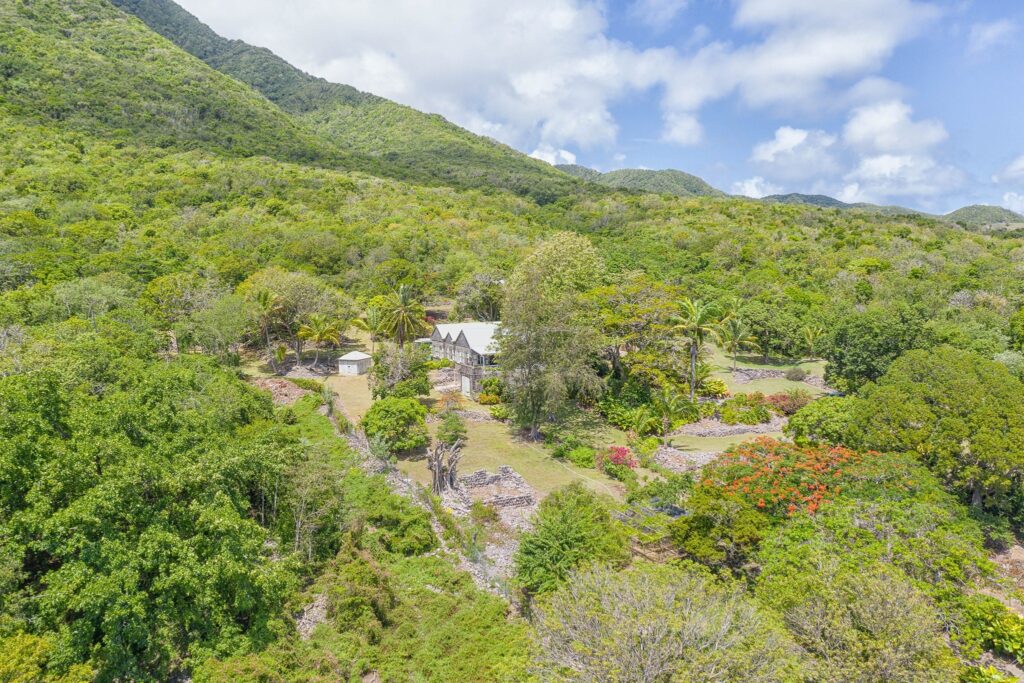
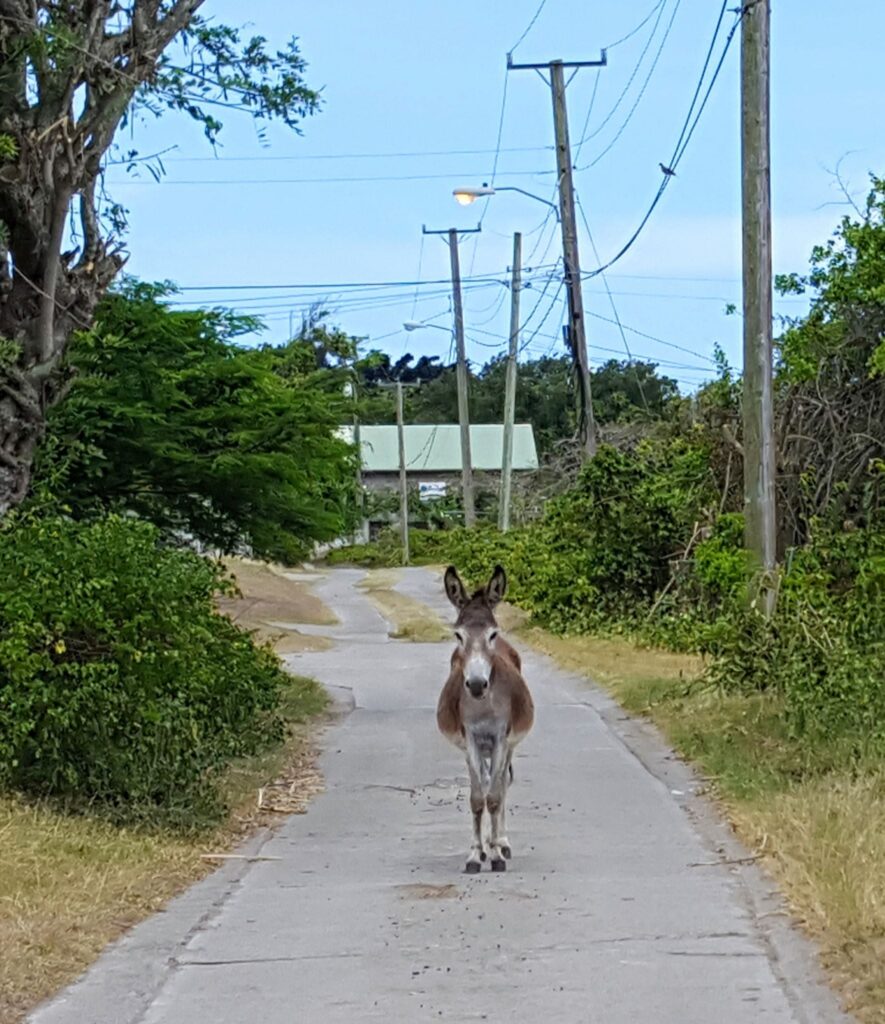
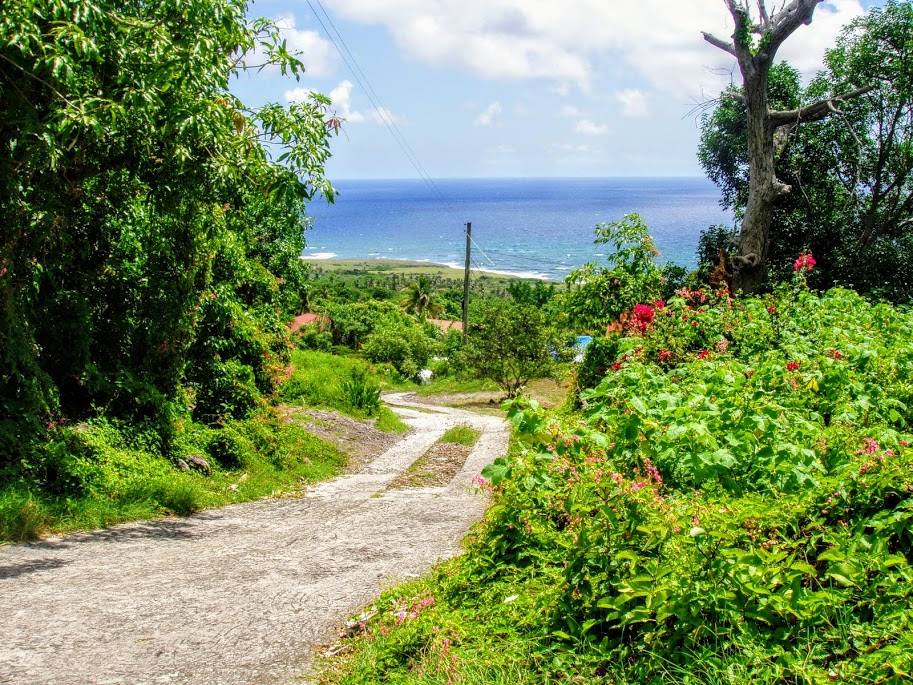
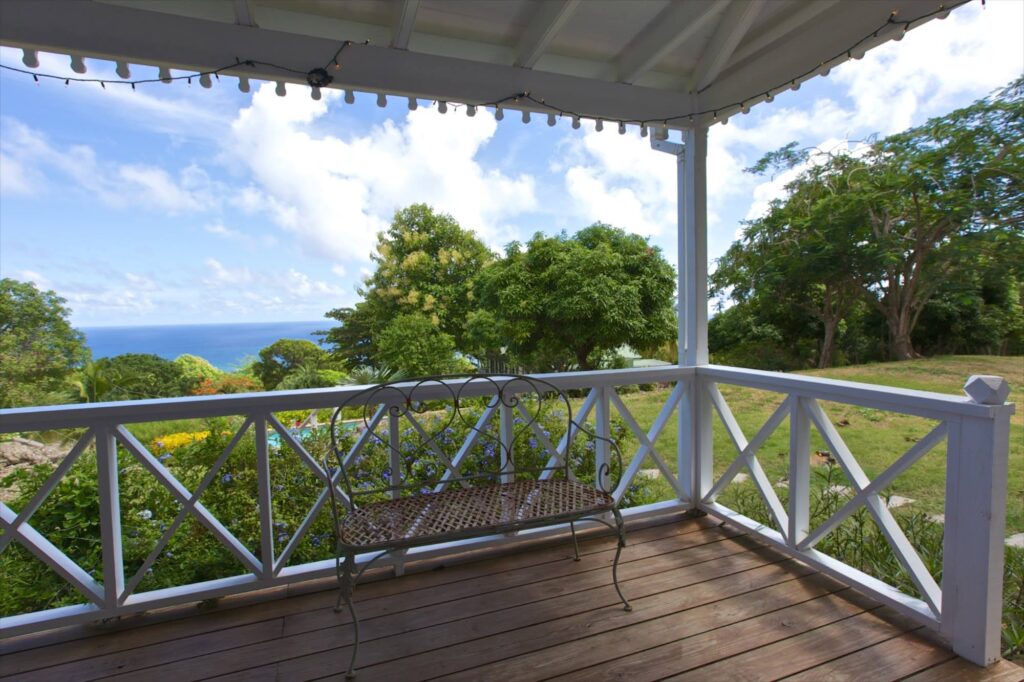
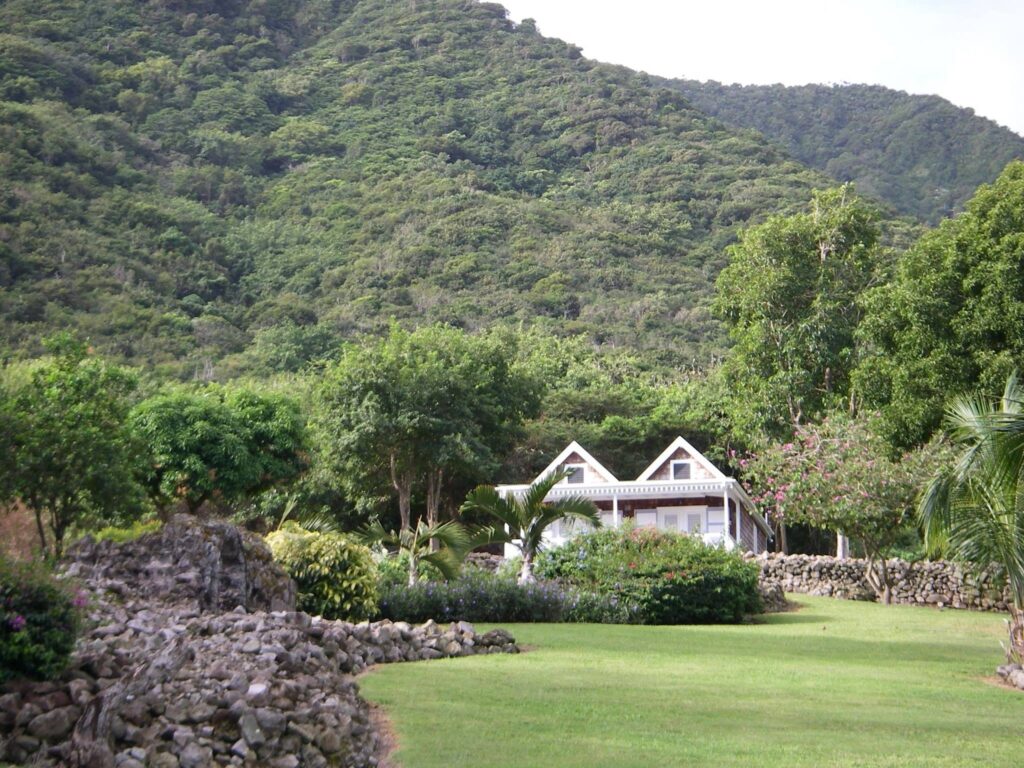
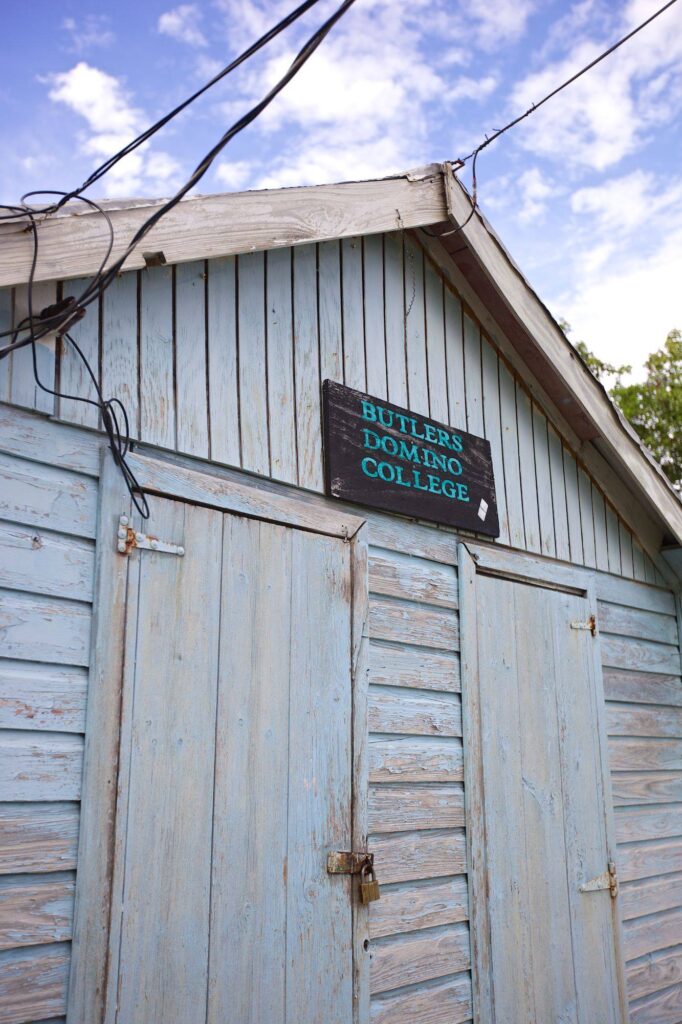
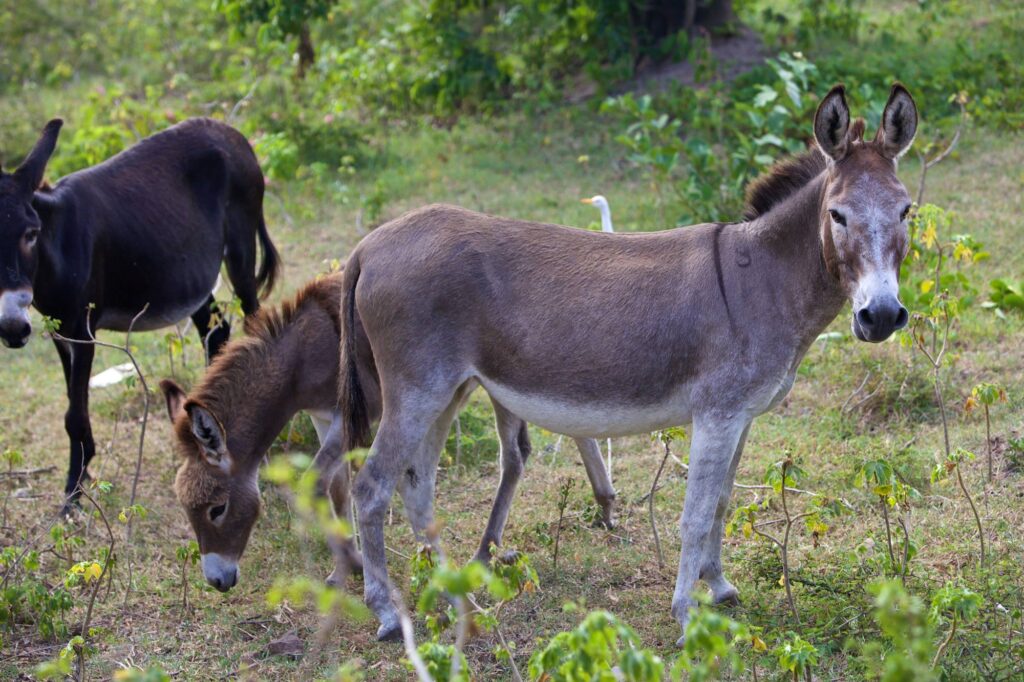
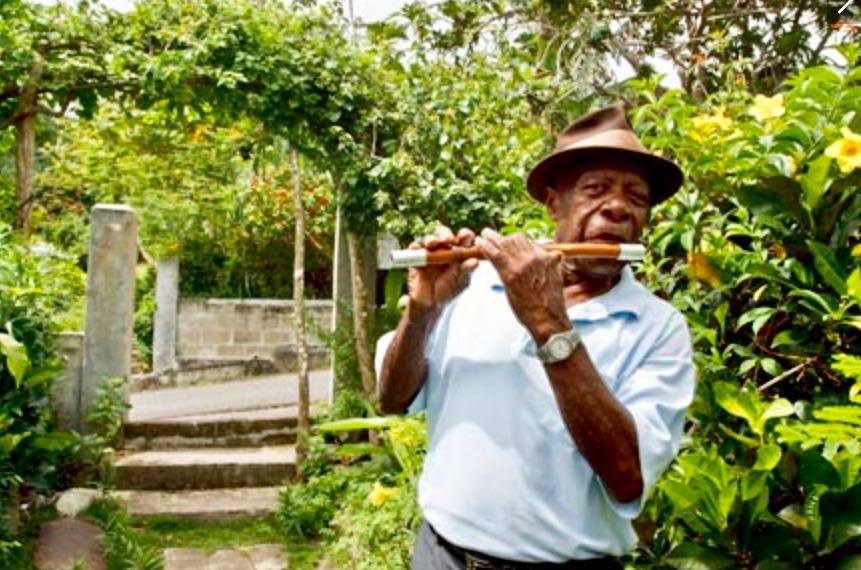
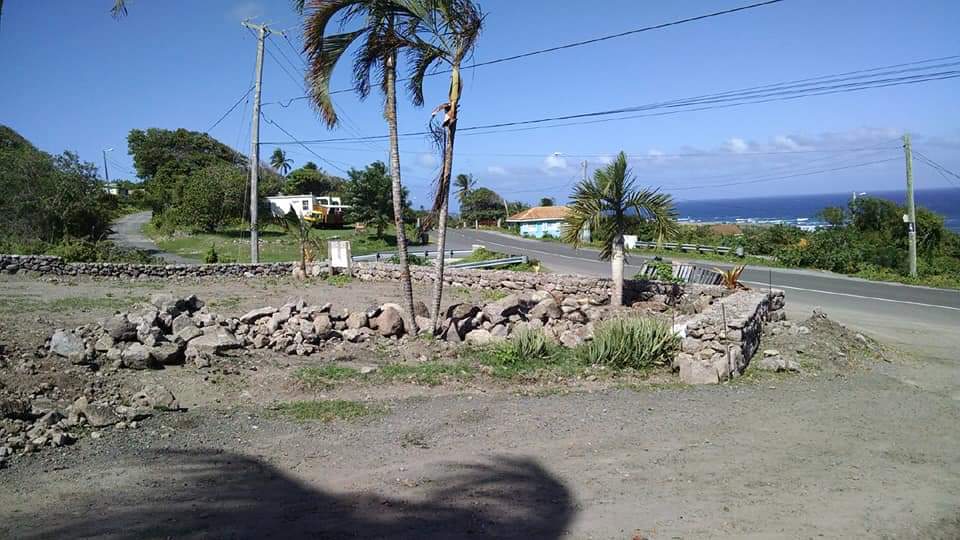
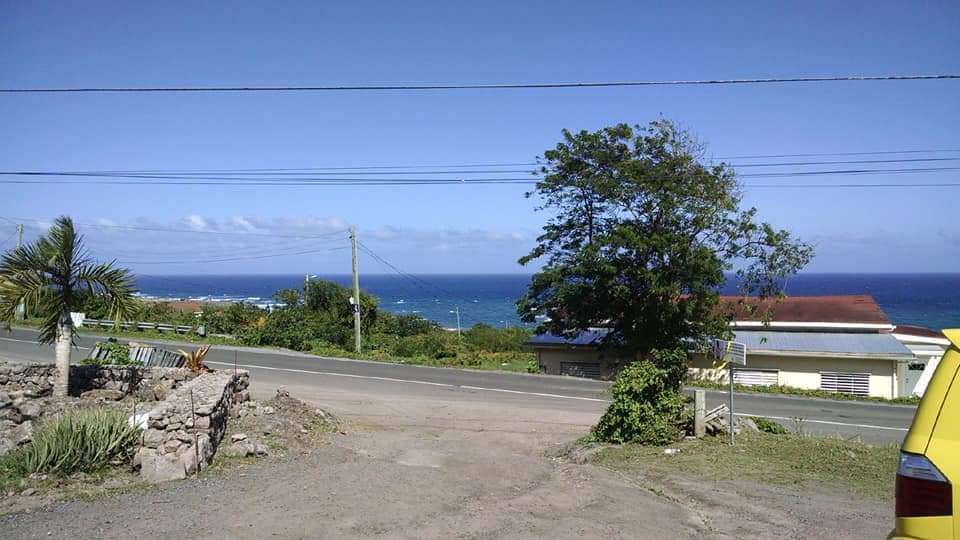
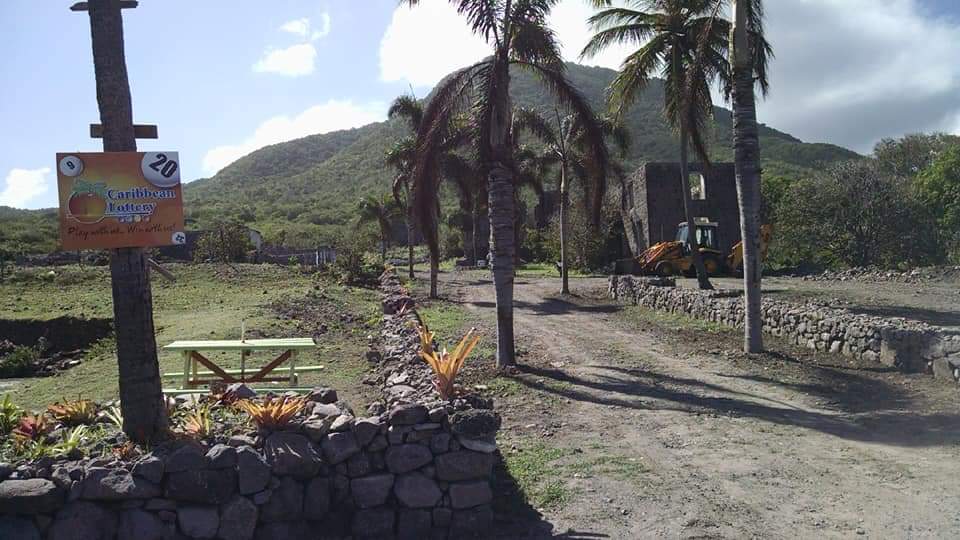
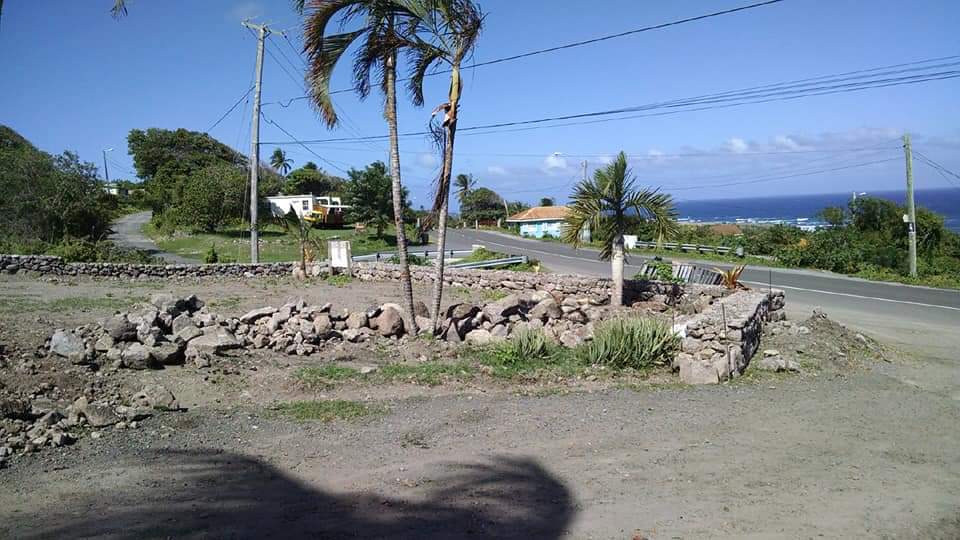
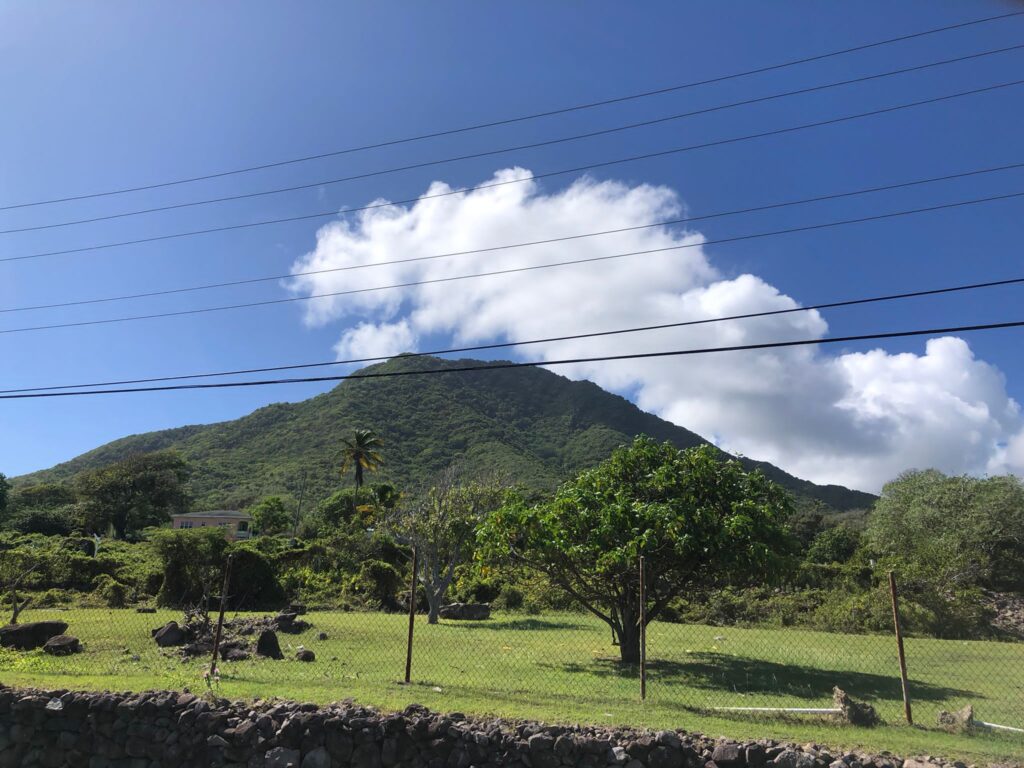
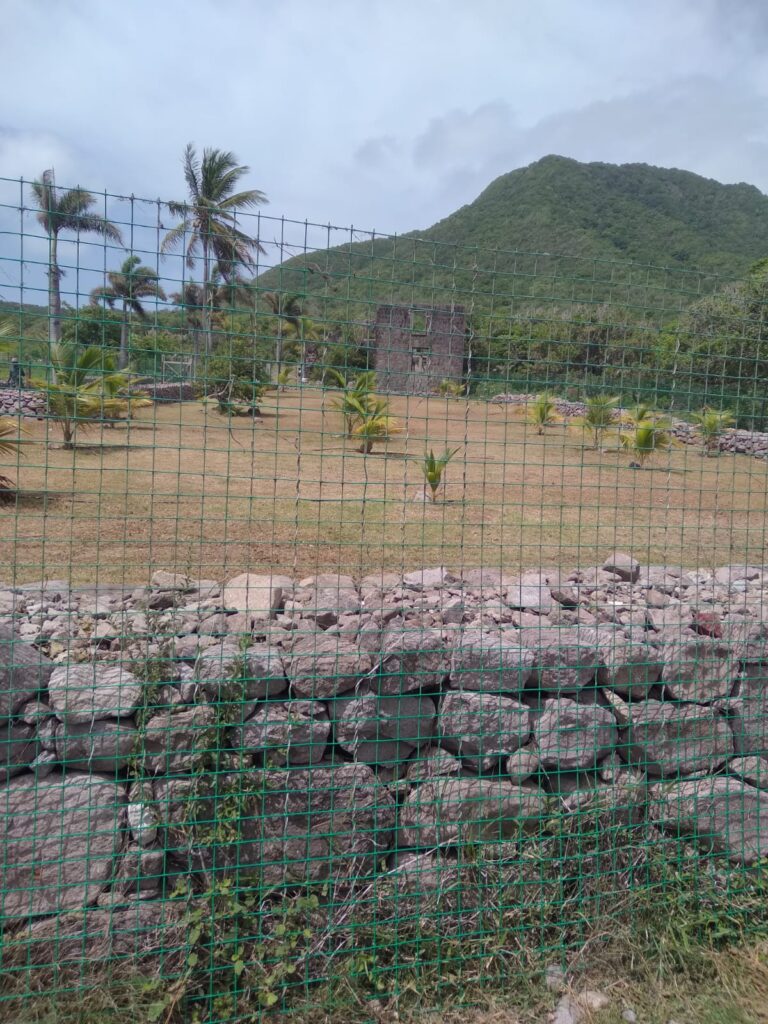
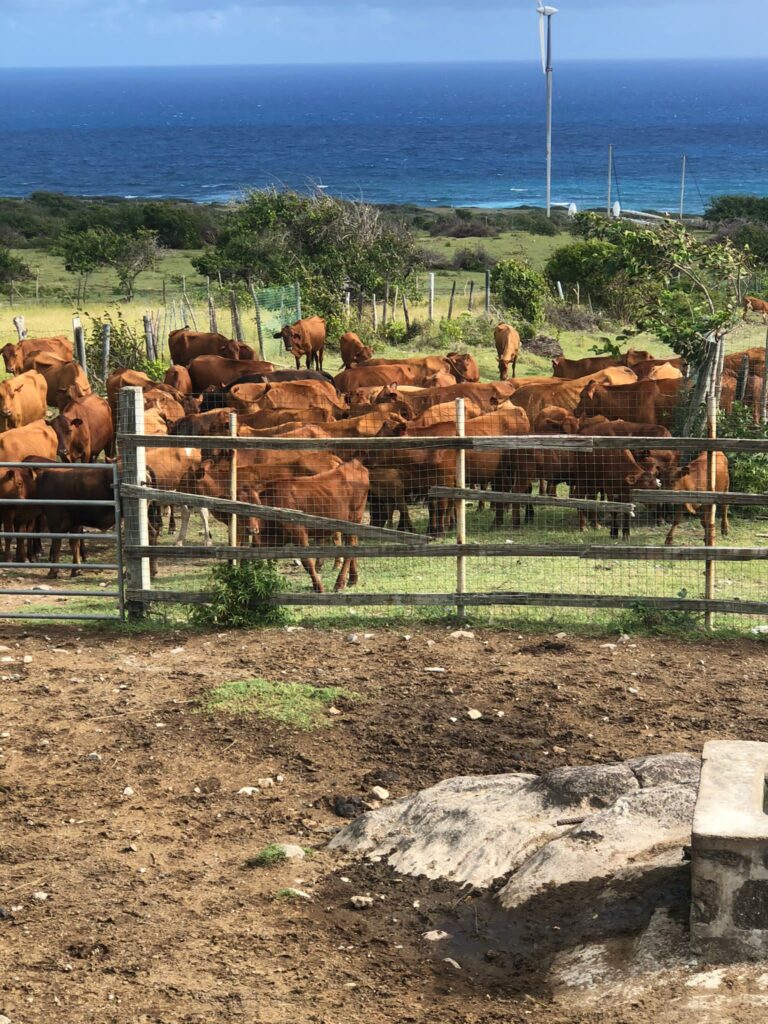
Leave a comment
You must be logged in to post a comment.